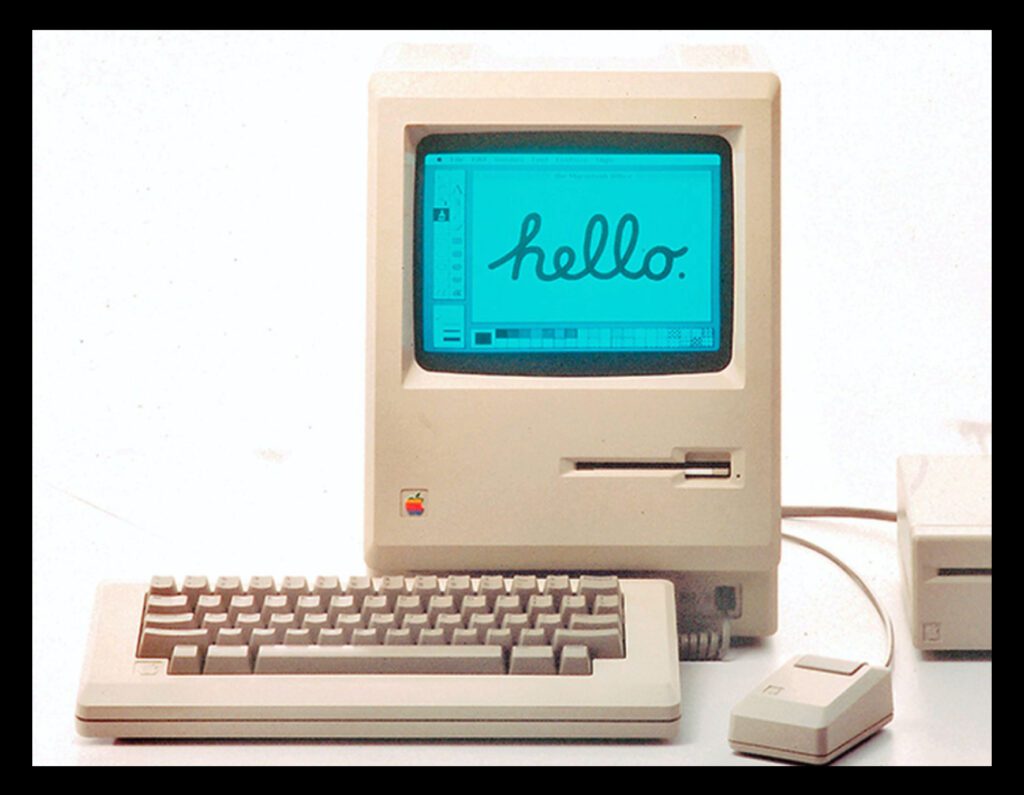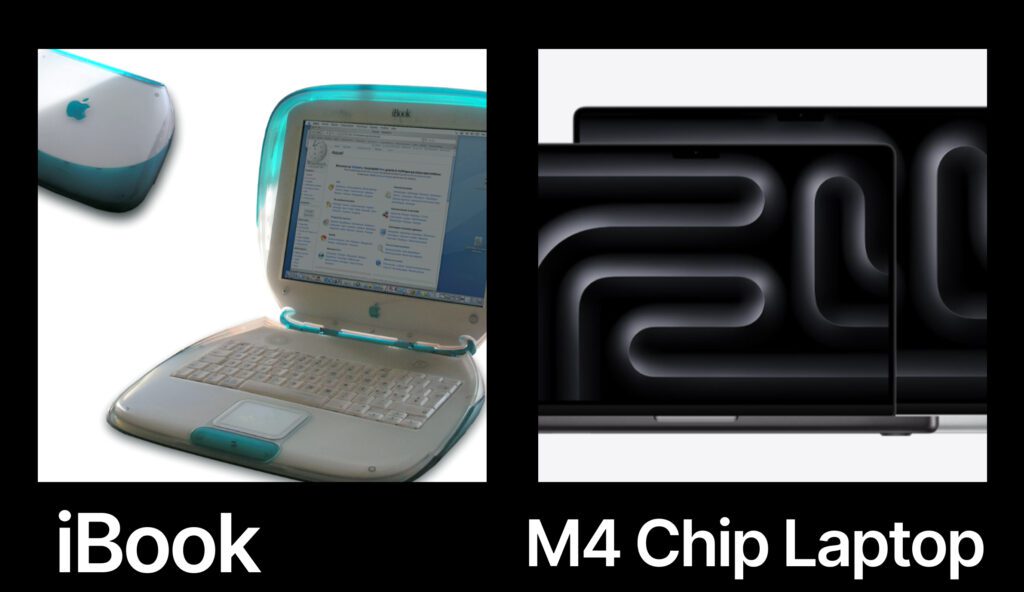There is no such thing as an unchanging perfect design- only the best for its place in time.
Since the dawn of human innovation, we have always been in pursuit of perfect design. Design that fulfills its functions, and has a form that suits our lifestyle and needs.
We are fueled by trying to imagine the perfect experience and attempt to achieve it by our desire for ease and solutions. But, any “perfect” we land on in design eventually changes.
Humans are ever changing and therefore your designs will change too. The best design is built to adapt. There is no such thing as an unchanging perfect design- only the best for its place in time.
So why do some business owners and even designers have shock when they realize a website, an app, a brand, all need constant iteration to work?
Let’s talk about the pursuit of perfection in design, and its inherent paradox. The closer we get to it, the closer we are to another change (and why that is a great thing, too).
It takes one call with a business owner to hear the phrase, “this product/website has to solve our ultimate problems as its end goal”. And that’s where it starts.
We encounter big problems in our business, in our lives and around us. Whether the business owner is facing revenue issues, or the designer is facing a product issue. When we apply the pressure of solving the ultimate problem onto a website, app, or brand we force it to be a narrow singular approach by prescribing an ultimate solution.
Instead of something that is evolving, changing, adaptable and testable. We opt for rigid, hyper focused and single-direction in our designs. Because it has to solve this problem and if it doesn’t work well the first time we’re screwed, right?
So we assume a website must be perfect, and will never need to be changed again. And designers feed into this mindset by assuming everything they do must be perfect in order to be valued.
This pursuit of perfection is fueled by this misdirected pressure from business owners and designers. The pressure to solve ultimate problems with ultimate solutions means we must think of the perfect design, and “How could something perfect need to change?”.
Design’s function is to solve the user’s problem. A wheel was designed to solve the problem of the person who drove the carts.

And the design of the wheel evolved. We know this because we aren’t stuck using wooden jagged wheels. Its appearance and function changes over time. By what and who it is being used for.
We have to learn how to adapt our expectations with how the world functions- with change in mind. You may have a great website now, but what does it look like when the landscape changes again in two years- have you accounted for that too?
There are plenty of greats out there to look at and model after when approaching design, but I’ll explain it through one you all know and love: Apple.

Apple landed on the perfect computer design in 1984, the Macintosh. It offered people something they never knew they could have, designed in a way they never knew they could use.
But times changed. Competitors came on the scene, and their “perfect” design was no longer unique. People had newer problems, newer needs and changing expectations. Apple could have easily said, “no, we know this is perfect because it worked before”, and drove their business into the dirt forever.
However, with time they looked ahead. They planned for change, they assumed it a part of the process of what they do. So we had the iBook, then the regular laptops, then the iPod, and the iPhone, iPad, Apple Watch, M1 chips… You get the picture I’m painting right?

We must be aware that the pursuit of perfect design for our businesses, and the world is paradoxical. The second we land at it is the second it no longer is perfect and needs to change again.
You must research, implement and iterate. Over and over again forever. It is a reality you will have to get comfortable with. Take a look at this structure you can use moving forward.
Research
Implement
Iterate
Your customers will change, and change again and then you’ll suddenly realize they’ve changed one more time. And this is a fantastic thing.
You don’t have to be stuck approaching something one perfect way until interest fizzles out. You get to adapt your products, websites, apps, services and anything else you design.